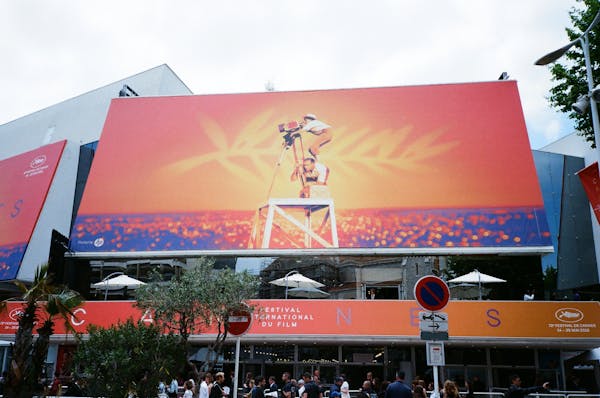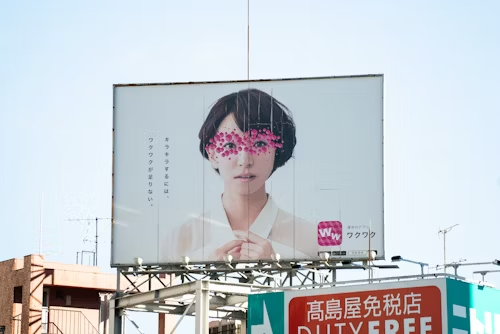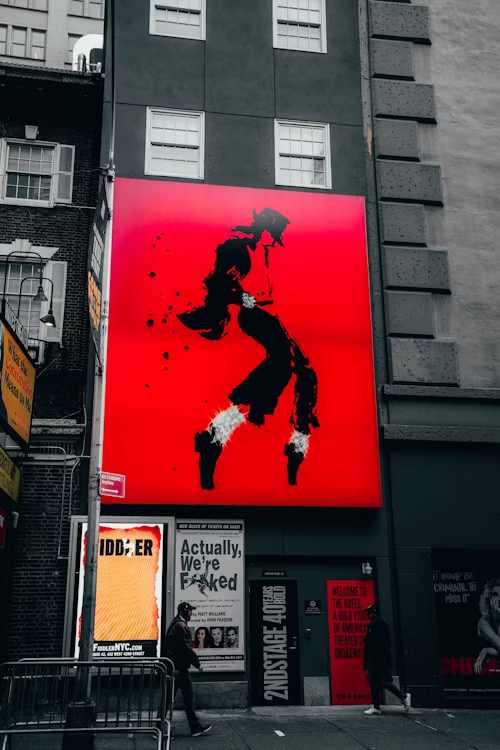The Comprehensive Guide to Maximizing Your Returns with LED Billboard Advertising

In the dynamic world of advertising, billboards have stood the test of time, proving to be an effective method to capture the attention of a wide audience. With advancements in technology, LED billboard advertising has emerged as a powerful upgrade to traditional billboards, offering vivid displays and flexible content management. In this guide, we'll dive deep into how businesses can leverage various forms of billboard advertising, particularly LED billboards, to amplify their brand presence and achieve significant return on investment (ROI).
Understanding LED Billboard Advertising
LED (Light Emitting Diode) billboard advertising utilizes large panels of LEDs to display vibrant, eye-catching advertisements. These billboards are particularly effective due to their high visibility and the ease with which content can be updated digitally without physical labor. Unlike static billboards, an LED billboard can display multiple ads in a rotation, maximizing the revenue potential per unit and providing advertisers with more flexibility in how and when they display their messages.
Key benefits of LED billboard advertising include:
- High visibility at any time of the day, including nights.
- Dynamic content possibilities, from video to animated ads.
- Remote content updates, reducing maintenance costs and time.
- Environmentally friendlier options by reducing physical waste from traditional billboards.
Calculating Billboard Advertising ROI
One of the critical metrics to any advertisement campaign is understanding its return on investment (ROI). Billboard advertising ROI helps businesses gauge the effectiveness of their billboard campaigns in generating income relative to the cost. Calculating the ROI involves several factors including the campaign's total cost, the audience reach, and the resulting sales or conversions.
To calculate the ROI from LED billboard advertising, consider these steps:
- Calculate the total investment, which includes the costs of space rental, design, and any other operational fees.
- Estimate the reach of your billboard based on location data and traffic counts.
- Track conversions attributable to the billboard campaign through dedicated URLs, promo codes, or direct surveys.
- Analyze the data to assess the number of conversions against your initial investment.
Enhanced tracking technologies and analytics can also aid advertisers in obtaining more accurate data to better understand their billboard advertising ROI.
City Billboard Advertising
City billboard advertising refers to billboards positioned in urban areas where they can attract views from a high volume of pedestrians and vehicular traffic. The strategic placement within high-traffic locations like downtown zones, major highways, and near popular attractions can exponentially increase an advertisement's exposure.
Benefits of city billboard advertising include:
- Access to a diverse demographic.
- Enhanced brand visibility due to high footfall and vehicle traffic.
- Increased frequency of ad exposure, which can lead to higher customer recall rates.
However, city billboard advertising requires careful planning regarding the billboard’s content and design to ensure it captures the fast-moving urban audience’s attention effectively.
Mobile Billboard Advertising
Mobile billboard advertising takes the advertisement to the streets, literally. This form involves placing ads on the sides of trucks or trailers that travel around or park in strategic locations. This mobility allows the advertiser to target specific events, populations, or times, enhancing the ad's relevance and engagement.
Advantages of mobile billboard advertising include:
- Capability to reach specific target areas that are otherwise inaccessible to static billboards.
- Flexibility in campaign duration and timing, aligning closely with promotional periods or peak traffic times.
- Highly customizable routes and schedules based on real-time data and audience movement patterns.
Mobile billboards can be particularly effective when integrated with digital capabilities, making it possible to update advertising content on the fly and react to competitor campaigns or immediate market conditions.
Strategies to Enhance Your Billboard Advertising Campaigns
Regardless of the type of billboard advertising, certain strategies can maximize your ad's impact:
- Focus on High-Quality Visuals: Since billboards are viewed from various distances, high-resolution images and clear, readable text are crucial.
- Keep the Message Simple: A succinct, straightforward message with a strong call-to-action (CTA) can be processed quickly by viewers.
- Consider Viewer Location and Duration: Tailor the content based on how long your audience will view the billboard. High-speed traffic areas work better with bold images and minimal text.
- Leverage Technology: Incorporate digital elements into your billboard design, such as QR codes or social media tags, to create interactive opportunities.
By integrating these approaches effectively, businesses can enhance the engagement and ROI of their LED billboard advertising campaigns, ensuring that they not only capture attention but also motivate action among their target demographics.
In conclusion, whether you're considering city billboard advertising, mobile billboard advertising, or the increasingly popular LED billboard advertising, understanding the nuances of each and implementing targeted strategies are key to achieving a successful advertising campaign. With the right approach, the investment in billboard advertising can yield substantial returns, making it a valuable component of a comprehensive marketing strategy.



